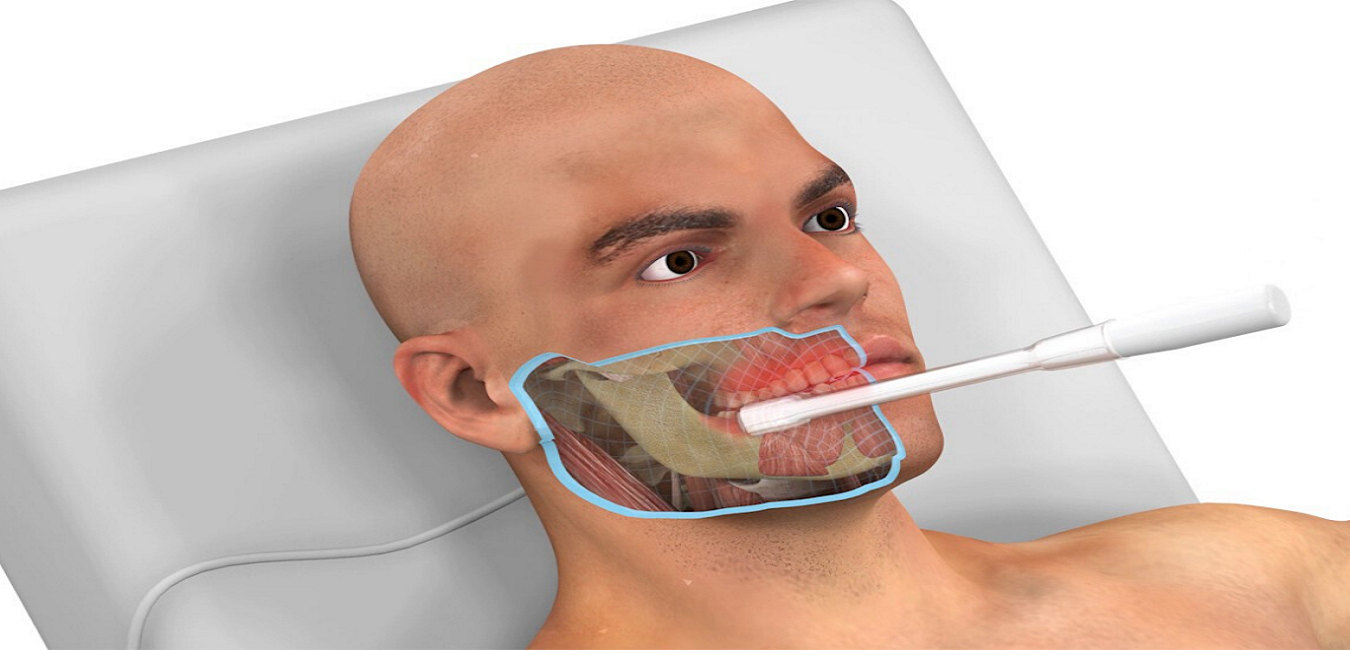Dental
Passive plate: it is identified by a stainless Steel (metallic) plate, it is flexible and with protected edges. It will never have a cover and it will not be necessary to apply cream to the surface of the plate.
We will place the metallic part touching the body, and it is located where the patient’s symptoms end or near the area to be treated.
Active plate: it is identified by a plate with protected edges; it has a temperature sensor and is made up of capacitive electrodes. It will always be used with a protective cover and it will not be necessary to apply cream to the surface of the plate.
We will place it with the part of the electrodes touching the body in the area where the symptoms referred by the patient are located or in the cause of the pathology.
Do not exceed 51ºC.
The temperature indicated in the protocols refers to the temperature in the sensor of the active plate. It does not refer to the temperature of the tissue internally.
Electrodes: We will place them on the body in the area to be treated by putting the entire surface of the electrode in contact with the skin. Conductive cream will be applied for its use.
Intracavitary electrodes: We will place them in the patient’s oral cavity. It is important to guarantee a good sepsis. For that reason, we will place a gel cover and a probe cover.
We can place the probe cover both on the active part of the electrode and on the handle. In this way, we will avoid cross contamination.
The lubricant gel will be placed on the outside of the probe cover.
General indications according to treatment parameters
| Isothermal | Moderately thermal | Frankly thermal | |
| General indications | Acute processes, less than 72h
Lymphatic drainage
Resorption of bruises
Gingivitis
Periodontitis
|
Dental implants
Bruxism Post-surgery Facial paralysis Arthritis Traumatic wounds Trigeminal neuralgia Fibrosis Xerostomia Sequels of burns Dislocation/subluxation |
Trigger points
Muscular pathology Contractures Fissures Fibrosis Scars |


